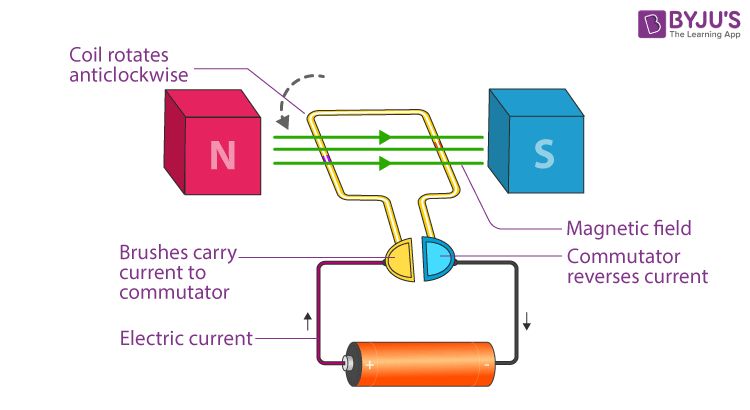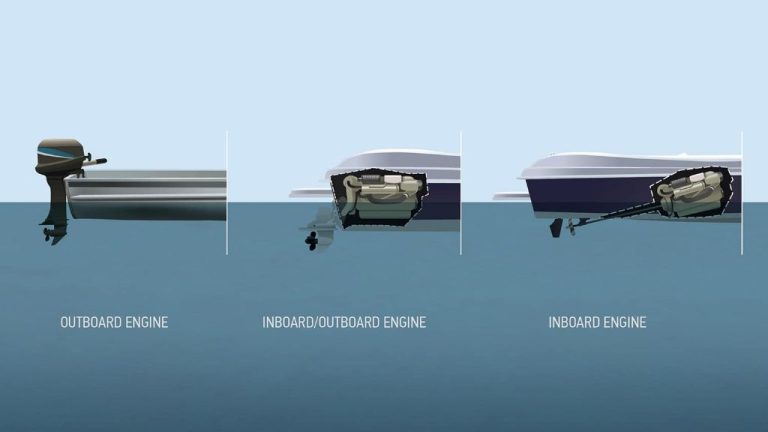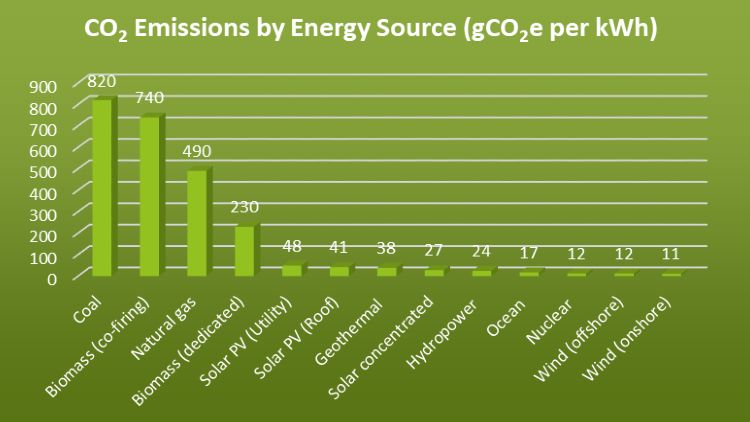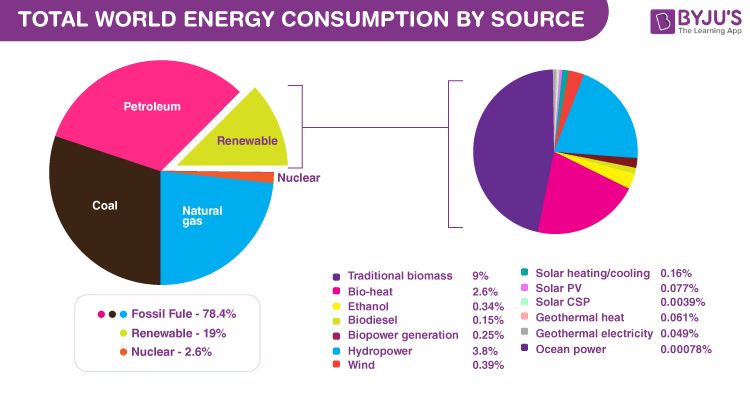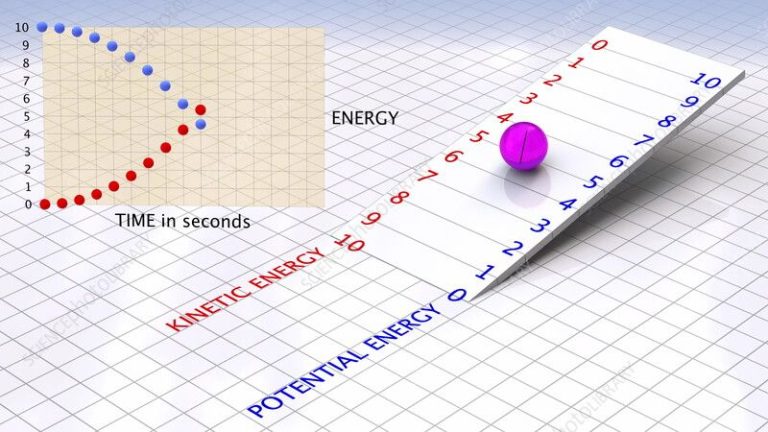How Did We Create Electricity?
Early Static Electricity Experiments
The study of electricity dates back to ancient times when philosophers first began experimenting with static electricity produced by rubbing two objects together. Some of the earliest experiments were conducted by Thales of Miletus in ancient Greece around 600 BC. Thales discovered that when amber was rubbed against cloth, it attracted lightweight objects like feathers. This phenomenon became known as static electricity.
In the 16th century, English scientist William Gilbert conducted extensive experiments with magnetism and static electricity. He was able to distinguish between electrical and magnetic forces and coined the term “electrica” to refer to the property of attracting lightweight objects after being rubbed. Gilbert’s work De Magnete was an influential scientific study on magnetism and electricity.
Leyden Jar Invention
In the mid-18th century, scientists began experimenting with static electricity generated through friction. One notable experiment was conducted by Pieter van Musschenbroek, a Dutch scientist who attempted to store static electricity in water. He filled a glass jar partially with water and suspended a wire in the jar. When he generated static electricity using a friction machine, he was able to charge the wire and jar. This caused the water to act as a conductor and store the static electric charge.
Muschenbroek wrote to his colleague René Réaumur about the powerful shock he received when touching the wire and jar after charging it. This demonstrated the jar’s ability to store static electricity. The experiment was soon repeated by German cleric Ewald Georg von Kleist, who named the device the “Leyden jar” after the city of Leiden where Muschenbroek conducted his experiment. The Leyden jar became the first means of storing static electricity, paving the way for future breakthroughs in controlling electricity.
Voltaic Pile
In 1800, Italian physicist Alessandro Volta developed the first device that could produce a steady flow of electrical current. This was known as the “voltaic pile”. Volta’s innovation was to stack discs of two different metals, such as copper and zinc, separating each pair with a piece of cardboard soaked in brine (salt water). This created a continuous electrochemical reaction and allowed a continuous flow of electricity to be tapped from the bottom and top of the pile.
The voltaic pile was the first electric battery that could provide a continuous source of electric current. This paved the way for many new discoveries and inventions in electromagnetism and electrochemistry. Scientists like Humphry Davy used voltaic piles in their experiments to isolate new chemical elements through electrolysis. Volta’s invention was a major breakthrough that opened up a whole new field of electrical science and technology.
Electromagnetic Induction
In the early 1800s, British scientist Michael Faraday conducted pioneering experiments on electromagnetism. He discovered that moving a permanent magnet through a coil of wire induced an electric current in the coil. This phenomenon is known as electromagnetic induction.
Faraday’s discovery became the basis for technologies like electrical transformers and generators. A transformer consists of two coils of wire linked by an iron core. When the current in one coil (the primary winding) is varied, it induces a voltage across the second coil (the secondary winding). This allows voltages to be stepped up or down for efficient electrical transmission. Generators use electromagnetic induction to convert mechanical energy into electric current. A coil of wire rotated through a magnetic field induces a varying voltage, generating an electric current.
The principle of electromagnetic induction enabled the widespread transmission and use of electricity. Faraday’s ingenious yet simple discovery was a major milestone in the development of the electrical grid and modern civilization’s harnessing of electric power.
Edison and Direct Current
In the late 1800s, Thomas Edison developed a system for the generation and distribution of electricity known as direct current or DC. Edison opened the first power plant that could generate electricity for many customers in 1882 – the Pearl Street Station in New York City. This was the first central power plant in the United States that could power an electrical grid to provide electricity to a neighborhood.
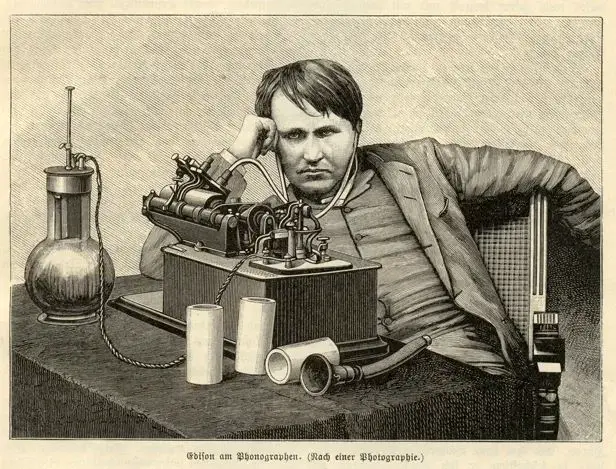
Edison’s Pearl Street Station powered the first electrical grid, serving 59 customers with 400 lamps. This demonstrated that electricity could be generated at a central location and distributed to surrounding homes and businesses. However, Edison’s DC systems were limited by distance. DC electricity could only be transmitted about one mile from the generating station before the voltage would drop, making it impractical for serving those farther away. This limitation of direct current would soon lead to the development of alternating current or AC systems.
War of Currents
In the late 1880s, there was a battle between direct current (DC) systems promoted by Thomas Edison and alternating current (AC) systems promoted by Nikola Tesla and George Westinghouse. Edison had patented DC power distribution and promoted it for its safety compared to high voltage AC. However, Tesla believed that AC was superior and had patented an AC induction motor and power transformer designs.
Tesla advocated that AC could be transmitted over long distances more efficiently and was overall more practical for power distribution than DC. George Westinghouse saw the potential of Tesla’s AC patents and acquired them to develop AC power systems in competition with Edison’s DC systems.
To highlight the dangers of high voltage AC, Edison conducted public demonstrations electrocuting animals with AC power, trying to show it was unsuitable for consumer use. However, AC systems eventually won out, as they allowed electricity to be transmitted at high voltages (to reduce loss) over long distances and then stepped down for safe consumer use. Westinghouse demonstrated AC’s practicality by illuminating the 1893 Chicago World’s Fair and powering early electric chairs.
Hydroelectric Power
The technology of generating electricity from the movement of water has been around for centuries. Early examples include waterwheels that converted the kinetic energy of flowing or falling water into mechanical power to grind grain. It wasn’t until the late 19th century that hydroelectric power was harnessed on a large scale to generate electricity.
One of the first hydroelectric power plants was built at Niagara Falls in 1879. This station had limited capacity and many technical issues, but it demonstrated the enormous potential of hydro power. Major development occurred in the early 20th century, aided by technology like hydro turbines and improvements in electricity transmission over long distances. Large dams and reservoirs were constructed to control water flow and enable generation on a massive scale.
Early hydroelectric stations had limitations like seasonal fluctuations in plant capacity depending on water flow. But over time, technology and infrastructure improved to support more consistent and reliable hydroelectric generation. By the 1920s hydropower provided roughly 40% of the electricity in the United States. Dams and plants continued to be built through the mid-1900s, establishing hydro as a crucial pillar of grid power.
Rural Electrification
While cities and towns electrified in the early 20th century, rural areas lagged behind urban centers in gaining access to electricity. This was due to the high costs of building transmission lines across long distances to remote farms and homesteads. Electrification rates in rural America averaged only 10% in the 1920s.
The Roosevelt administration made rural electrification a priority with the Rural Electrification Administration (REA) established in 1935. The REA provided loans and helped set up cooperatives to bring power to the countryside. Within two decades, the number of rural American farms with electricity went from just 10% to over 90%.
The REA’s efforts brought lighting, refrigeration, and power equipment to revolutionize life for rural families. Electrification improved farm productivity and connected remote areas to the conveniences of modern society. New Deal programs like the REA helped reduce the economic disparities between urban and rural America.
Nuclear Fission
In the 1930s, scientists discovered that energy could be released from atoms through nuclear fission or the splitting of atomic nuclei. This led to the concept of harnessing nuclear fission to generate electricity.
The first nuclear reactors were developed in the 1940s and 1950s under military programs in the United States, Soviet Union and other countries. Plutonium produced in nuclear reactors was used to develop atomic bombs.
Civilian nuclear power plants started operating in the 1950s. These plants used the energy from controlled nuclear fission reactions to produce steam and spin turbines for generating electricity. Early nuclear power plants were built in the US, UK, Russia and other countries.
Nuclear power went on to supply an increasing share of the world’s electricity in the 1960s and 1970s. However, accidents like Three Mile Island and Chernobyl highlighted the dangers and risks of nuclear technology and caused a slowdown in the growth of nuclear power.
Renewable Energy
In recent decades, there has been a major push to generate electricity from renewable energy sources like solar, wind, geothermal and biomass. Unlike fossil fuels, these sources are constantly replenished and don’t produce greenhouse gas emissions.
Solar power harnesses energy from the sun using photovoltaic panels. Large solar farms can provide power to the electrical grid, while rooftop solar panels allow homes and businesses to generate their own electricity. The amount of sunlight that hits the Earth’s surface in one hour is enough to power the world for a year. However, solar generation relies on sunny weather and currently only accounts for a small percentage of global electricity production.
Wind turbines capture the wind’s kinetic energy and convert it into electricity. Wind power capacity has expanded rapidly in recent years, led by China, the US and Germany. Wind energy is cheap and plentiful, but output depends on wind patterns which can be intermittent. New offshore wind farms are being built to take advantage of stronger and more consistent winds.
Geothermal energy taps heat from below the Earth’s surface to produce steam to spin turbines. Areas with high geothermal activity like Iceland and New Zealand can generate a substantial amount of their electricity this way. Enhanced geothermal systems have the potential to expand geothermal capacity further. One limitation is that plants must be built near geothermal hotspots.
Biomass power plants burn organic matter like wood, agricultural waste and garbage to generate electricity. This offsets some fossil fuel use. Critics argue that burning biomass emits CO2 and utilizing farm and forest waste may impact those industries and habitats.
While renewable sources are growing quickly, they face challenges like high upfront costs and intermittency. But the potential environmental and economic benefits make them worth supporting as alternatives to fossil fuels for electricity generation.

